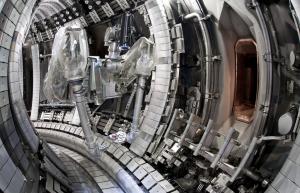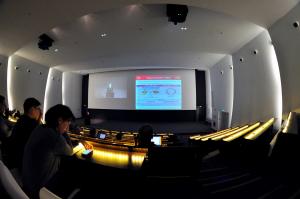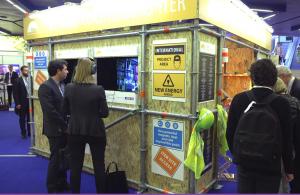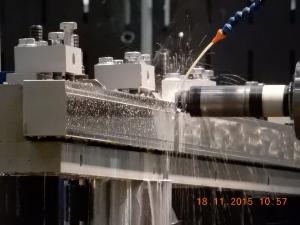What’s New
15 February 2016
ITER news digest for the period of 8 February 2016 to 15 February 2016.

A heart in fusion

International collaboration on cryoplant manufacturing






